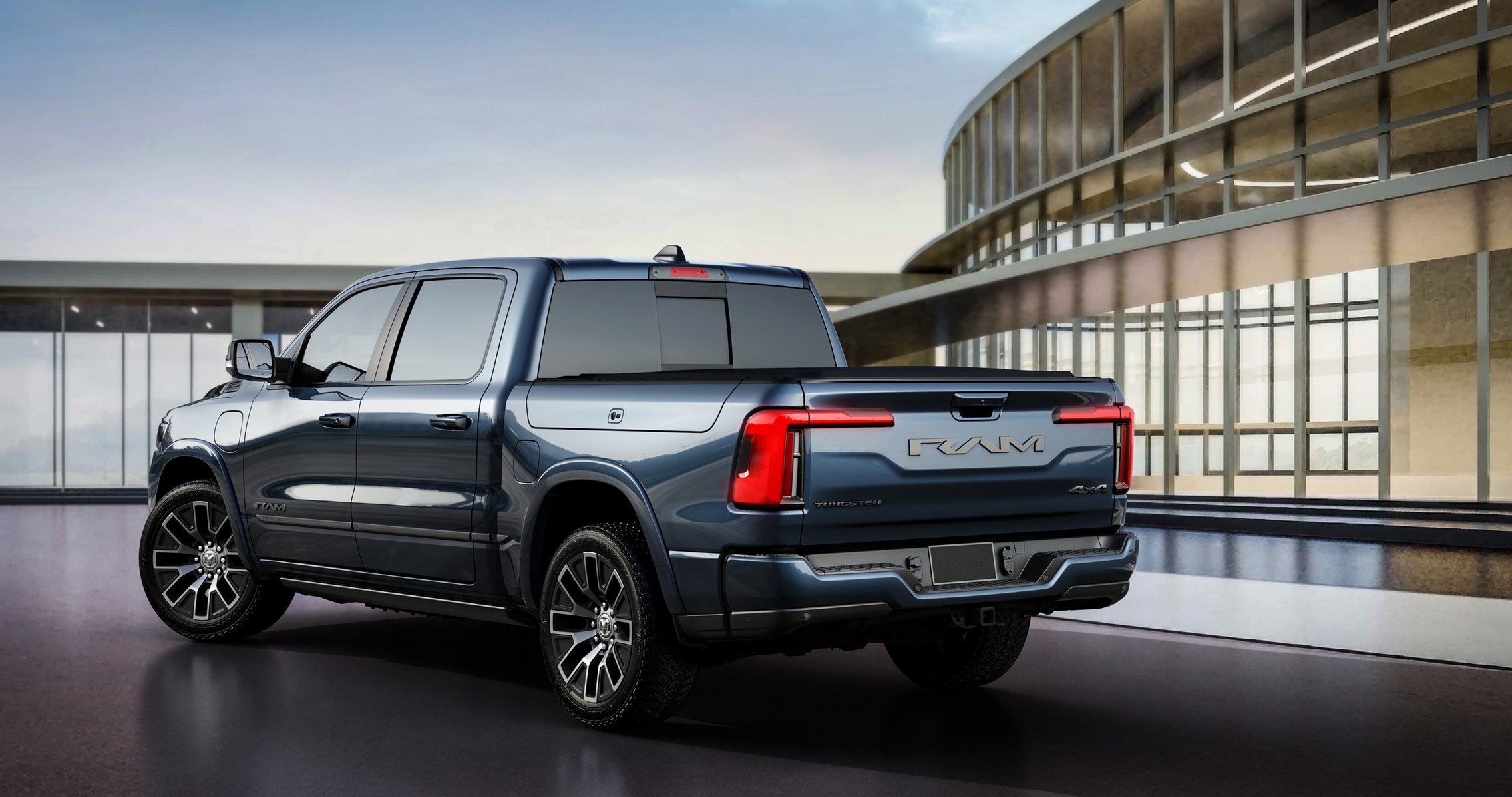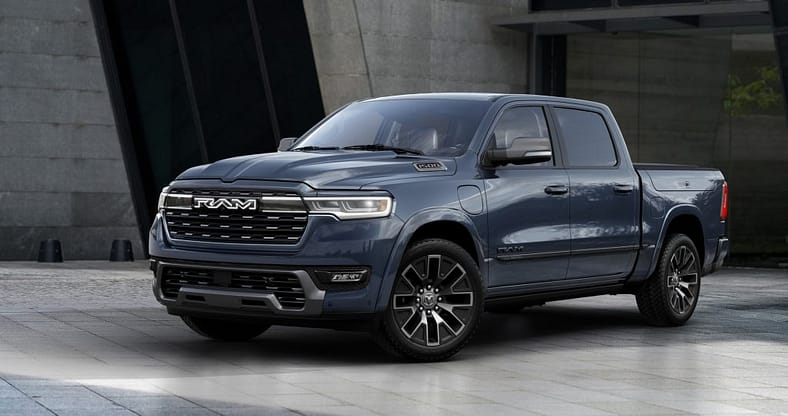Stellantis, the automotive giant formed by the merger of Fiat Chrysler Automobiles and Groupe PSA, has announced significant investments in three of its Michigan plants to support its ambitious electrification strategy.
The company will allocate a total of $406.1 million to the Sterling Heights Assembly Plant, Warren Truck Assembly Plant, and the Dundee Engine Plant to prepare for the production of new electric vehicles.
Sterling Heights Assembly Plant will receive the largest investment of $235.5 million to prepare for the launch of the Ram 1500 REV, the brand’s first electric pickup truck. This will be followed by the Ram 1500 Ramcharger, a hybrid model combining a gasoline engine and electric motors.
Warren Truck Assembly Plant will also undergo significant changes to accommodate the production of an electric version of the Jeep Wagoneer. The plant will receive $97.6 million for retooling and training purposes. The Dundee Engine Plant will be retooled in two phases to support the production of electric vehicle components.
In the first phase, the plant will begin assembling battery trays for the STLA Frame platform, which will be used in the Ram 1500 REV and Ramcharger. In the second phase, the plant will be further retooled to support machining operations for STLA Large vehicles. Additionally, the plant will start producing the GME T4-EVO engine, a 2.0-liter turbocharged inline-four engine used in the Alfa Romeo Giulia.
The automaker is preparing to launch a new 1.6-liter turbocharged engine, designed for hybrid vehicles, from its Dundee Engine Plant in 2025. This engine is expected to be an evolution of the PSA developed EP6, which powered vehicles like the Peugeot 206. While there are no plans to bring Peugeot, Citroen, or DS brands to the US, the new engine could potentially be used in the next-generation Jeep Compass.

In addition to the 1.6-liter engine, Stellantis is also producing the GME T4-EVO, a force fed mill already found in vehicles like the Ram Rampage, Dodge Hornet, Maserati Grecale, and Jeep Grand Cherokee.
These investments in new engines are part of Stellantis’s broader strategy to meet changing consumer demands and stay competitive in the automotive market. However, the company is facing challenges, with declining sales in North America and a decrease in adjusted operating income.

